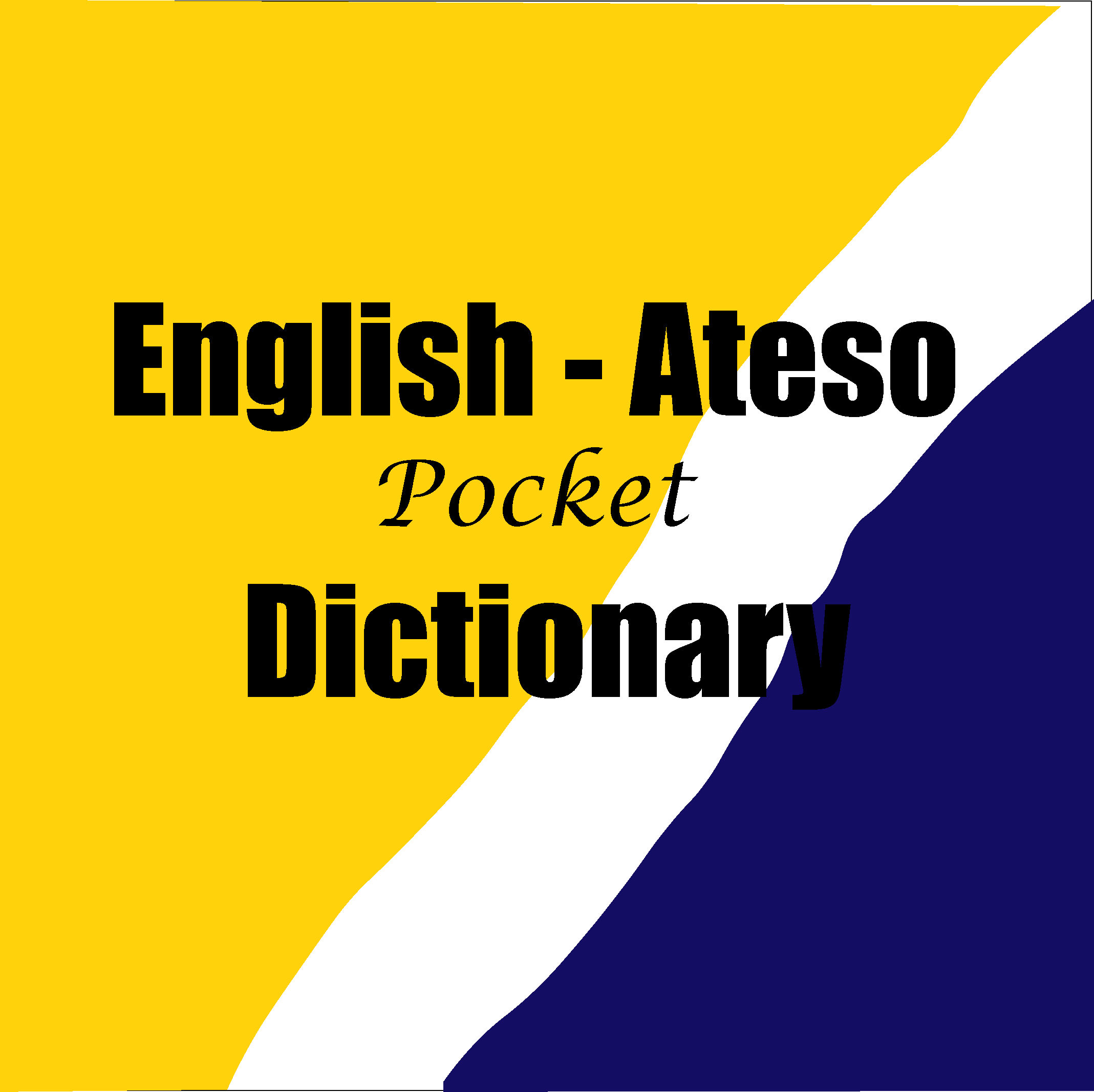The Iteso (or people of Teso) are a Nilotic ethnic group native to the Teso sub-region of eastern Uganda and western Kenya. Teso refers to the traditional homeland of the Iteso, and Ateso is their language. They are also known as the Teso people, and they have a rich cultural heritage and a strong sense of community and family. The Iteso are known for their traditional music and dance, as well as their artistic skills and their dedication to agriculture. The Iteso are an important part of Uganda’s cultural landscape and are valued and respected members of the country’s diverse population.
What are the Iteso Known for?
One of the most prominent aspects of Teso culture is their traditional music and dance. The Teso people have a rich history of musical expression, with a variety of instruments and styles that have been passed down through the generations. They have traditional instruments the Thumb piano (Akogo), lyre, drums (Ateus), Xylophones (ababairen) and flutes, and their music often features complex rhythms and harmonies.
Another important aspect of Teso culture is their traditional art and craftsmanship. The Teso are skilled in a variety of techniques, including weaving, woodcarving, and pottery. Their artistic creations are highly valued and are often used in ceremonies and rituals, as well as in everyday life.
In addition to their cultural traditions, the Iteso are also known for their agricultural practices. Teso sub-region is fertile and well-suited for farming, and the Teso people have developed a variety of techniques for growing crops such as maize, groundnuts, sorghum and millet. The Iteso are noted for their quick adoption of the ox plow in the early 1900s. Agriculture plays a central role in the economy of the Teso.
Despite the challenges they have faced, the Teso people have maintained their strong sense of community and cultural identity. They are known for their hospitality and generosity, and they continue to celebrate their traditions and pass them on to future generations. The Teso people are an important part of Uganda’s cultural landscape and are a valued and respected part of the country’s diverse population.
